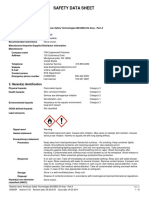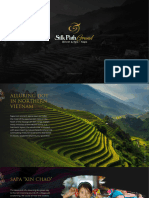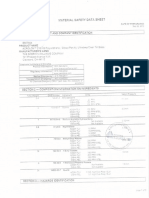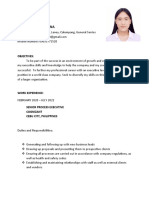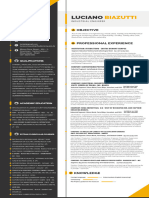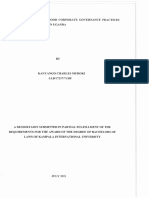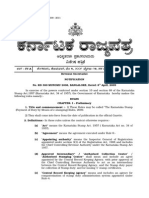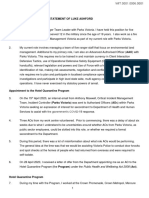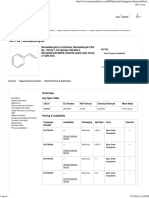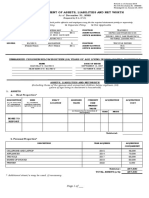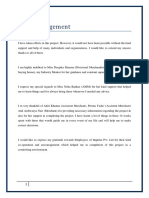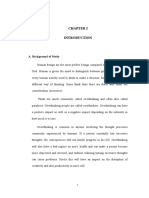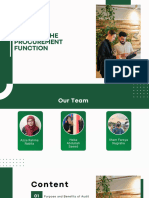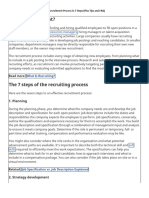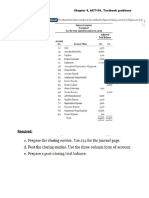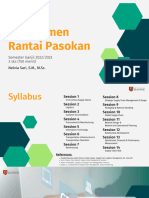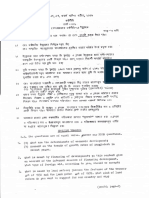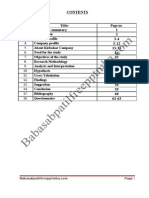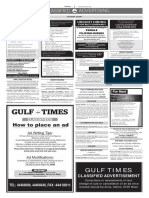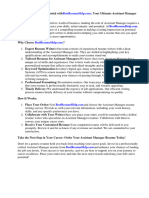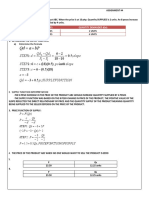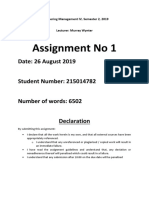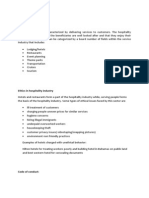0% found this document useful (0 votes)
118 views29 pagesDiscussion 03 - Corporate Communication Cases
The document outlines the agenda for a discussion on corporate communications case studies. It will cover communicating corporate identity, tools for corporate communication, and PR case studies from UCLan and Virgin Atlantic. It provides guidance for students to review materials on UCLan's corporate identity and response to an issue affecting local stakeholders in preparation for the discussion.
Uploaded by
mirandaCopyright
© © All Rights Reserved
We take content rights seriously. If you suspect this is your content, claim it here.
Available Formats
Download as PPTX, PDF, TXT or read online on Scribd
0% found this document useful (0 votes)
118 views29 pagesDiscussion 03 - Corporate Communication Cases
The document outlines the agenda for a discussion on corporate communications case studies. It will cover communicating corporate identity, tools for corporate communication, and PR case studies from UCLan and Virgin Atlantic. It provides guidance for students to review materials on UCLan's corporate identity and response to an issue affecting local stakeholders in preparation for the discussion.
Uploaded by
mirandaCopyright
© © All Rights Reserved
We take content rights seriously. If you suspect this is your content, claim it here.
Available Formats
Download as PPTX, PDF, TXT or read online on Scribd
/ 29
